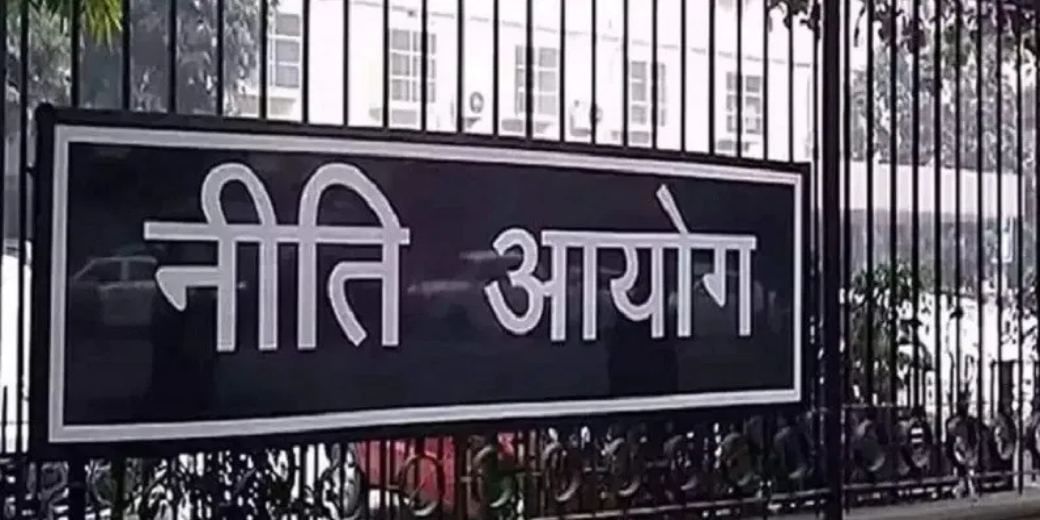NITI Aayog to identify a dozen sectors for global manufacturing excellence
The Aayog is selecting the sectors along with their export potential which will lead it to recommend appropriate strategies

NITI Aayog, the government’s think tank is engaged in the task of identifying about a dozen sectors in which India can sharpen its competencies and emerge as a global manufacturing hub, The Economic Times has reported. The Aayog is selecting the sectors along with their export potential which will lead it to recommend appropriate strategies.
The broad objective is to assess India’s industrial capabilities and obstacles/challenges the country is up against as it seeks to emerge as a global manufacturing hub.
Incidentally, the Aayog is already engaged in the assignment of making recommendations to the government for reforms that would propel the country to attain a “developed economy” status by 2047.
Once the NITI Aayog makes its recommendation, the administration will, if necessary, tweak policies and build, provide appropriate infrastructure support so that India gains competitive advantage on a global scale in manufacturing.
A time frame of about four months to come up with the recommendations has been indicated in the report. In this period the think tank might undertake a study towards this end. Already a few sectors such as cement, steel and some industries with direct links to the common consumer, especially those that are left out of the ambit of the production linked incentive (PLI) schemes, are being talked about for possible inclusion in the list of recommendation.
“The idea is to analyse around 10-12 manufacturing sectors of the economy and map them with the global trends. This will help establish their growth potential,” an official told the publication on conditions of anonymity.
While over the past three decades services has elbowed out manufacturing as a contributor to the country’s GDP, manufacturing still retains a very critical role in generating employment and creating downstream economic activities. The share of the manufacturing sector in India’s GDP over the past five years stands at 16.64% (FY19), 15.54% (FY20), 16.98% (FY21), 17.30% (FY22) and 16.35% (FY23).
The government’s task will follow the NITI Aayog’s recommendations when it has to create the environment to realise the target by providing everything from designing incentives, providing transport, digital and physical infrastructure. Trade agreements and the tax ecosystem also have to be reviewed if necessary to align with the broader goal of attaining global competitiveness. In short, ease of doing business in all these sectors have to be accelerated.
The government wants to reap the benefits of the country’s demographic dividend, skilled workforce and robust economic growth that have endeared the country to investors.
In 2014, the government launched the Make in India initiative to accelerate investment and encourage innovation in manufacturing. The Make In India 2.0 has led the government to focus on 27 sectors. Desperate to raise levels of manufacturing activity, the government has also designed the PLI schemes in 14 sectors for which it has also lined up incentives worth Rs 1.97 lakh crore.
Apart from these, the government has also announced schemes such as PM Gati Shakti National Master Plan, Industrial Corridor Development Programme and initiatives such as ease of doing business to create an ecosystem conducive to investment and employment generation.